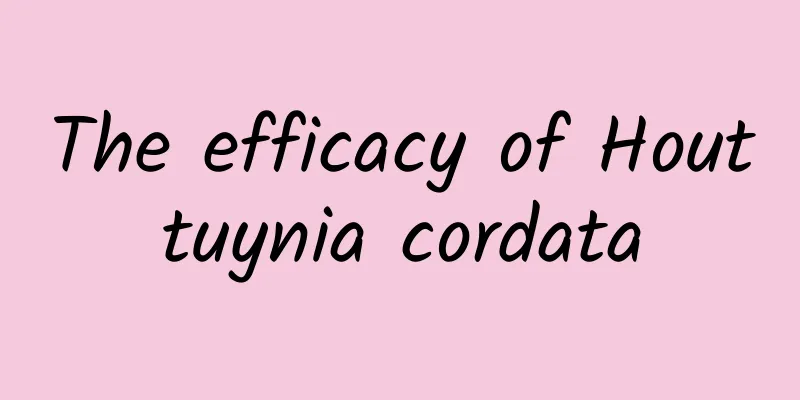The efficacy and function of Alpine Dew Grass

|
Alpine dew grass is a very common Chinese medicine and also a very important medicinal material. We need to pay attention to it. Alpine Dew Grass can be used in combination with other medicines, and we need to take it appropriately according to our physical condition. Let’s take a look at the main effects and functions of the traditional Chinese medicine Alpine Dew Grass. [Source] Medicinal material source: the whole herb of the Onagraceae plant Alpine Dew Grass. [Original morphology] Erect herb, up to 35cm high; rhizome slender, white, horizontal, up to 30cm long, often branched. Leaves are opposite; petiole is about 2.5cm long; leaf blade is thin, light green to dark green, sometimes red, transparent, narrowly ovate to broadly triangular, with acute or short acuminate tip, base usually shallowly cordate, and margin sparsely serrated. The raceme gradually elongates before or during flowering, the pedicels are usually red and droop during fruiting; the sepals are folded and light red; the petals are narrow or broad obovate, white or pink, with the tip concave 1/5-1/3, the lobes are rounded or with fine round teeth, opening to one side; the ovary is rod-shaped or obovate, covered with purple hooked hairs. The mature fruit is club-shaped and covered with transparent or reddish hooked hairs. Flowering period is July-August. [Habitat distribution] Ecological environment: Growing in high mountain forests, thorny thickets, or hillside grasslands and rock crevices at an altitude of 3500-4100m. 【Nature and flavor】 Bitter; pungent; cool 【Functions and indications】 Clears away heat; detoxifies; relieves itching. Mainly used for sores, swelling, warts, and itching of ringworms 【Usage and Dosage】 For external use: take appropriate amount, mash and apply or decoct in water for washing. 【Excerpt】 Chinese Materia Medica The above content is an introduction to the effects and functions of the traditional Chinese medicine Alpine Dew Grass. I hope it can be of some help to you. The culture of traditional Chinese medicine is profound and extensive. When treating diseases, we need to choose different medicines according to the different diseases to better help the body relieve troubles. |
<<: The efficacy and function of the root of the tall-legged mountain hoe
>>: The efficacy and function of the big four tiles [picture]
Recommend
International Epilepsy Awareness Day | Answer the "four questions" and protect the "little angels with electricity" together
June 28 International Epilepsy Awareness Day Epil...
The efficacy and function of Sagittaria
Traditional Chinese medicine has always been the ...
The efficacy and function of golden old plum leaves
Golden old plum leaves are a very good medicinal ...
The efficacy and function of shell teeth
Shell teeth are a common Chinese medicinal materi...
What are the functions of wolfberry?
I believe that many of my friends have the habit ...
Young stroke, how far are we from it?
Author: He Yanbo, deputy chief physician of Beiji...
Millions of IPs Create Science and Technology Talents to Strengthen the Country丨Not afraid of storms, "Nezha" has gone from science fiction to reality
In the world of science fiction, imagination ofte...
Why does the Ring Nebula look like a donut?
On August 3, 2023, NASA released the latest photo...
Dream come true in Paris! Fan Zhendong's super grand slam! Why did he roar after winning?
Review expert: Chen Mingxin, national second-leve...
Drink a cup of it before meals to control disease and lower blood sugar
Recently, a study published in the British Medica...
The efficacy and function of sedge grass
We are all familiar with it when it comes to lous...
Men use it to tease girls, but Chinese medicine treats rhinitis
Chitoumang! When mentioning this name, I believe ...
When setting off fireworks, please make sure they are made in Liuyang on the label!
Review expert: Zhu Guangsi, member of Beijing Sci...
Choosing the right one is more important than choosing the right husband.
There are many weeds in the fields, and they are ...





![The efficacy and function of Sichuan costusroot[picture]](/upload/images/67ca5df9abc69.webp)



